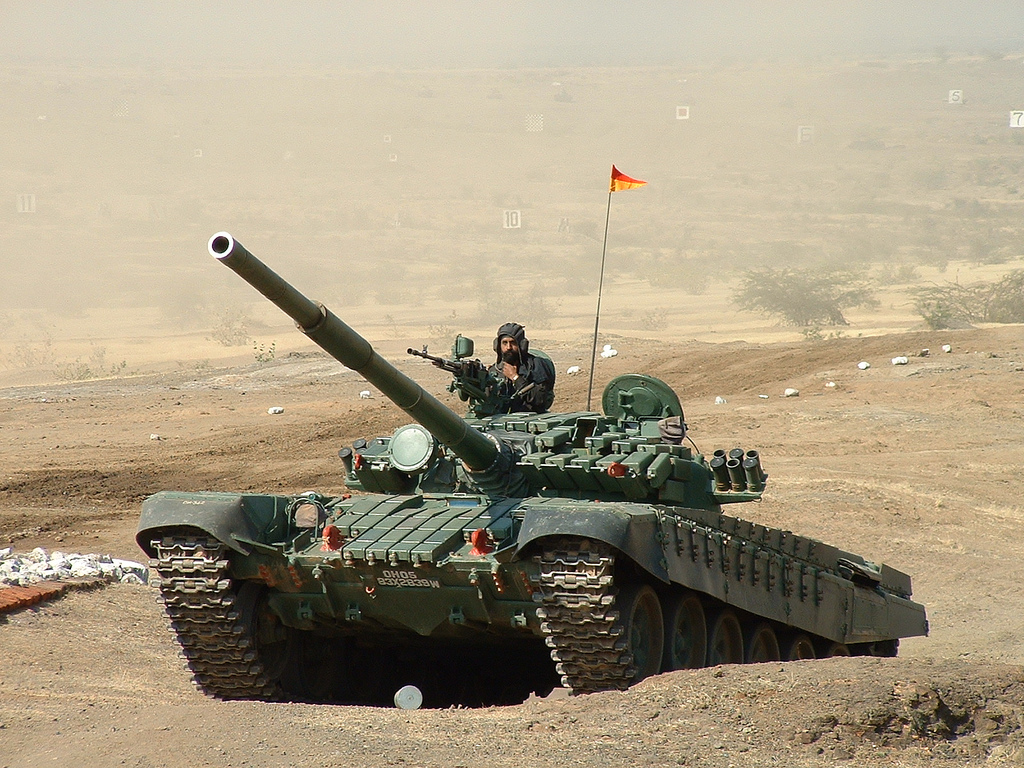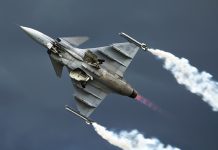The Indian Army has reportedly deployed its upgraded T-72 Combat Improved Ajeya MBTs (Main Battle Tanks) to some of the new heights captured during the ongoing standoff in Ladakh. The move is expected to provide significant firepower to the Indian troops stationed at treacherous heights.
China ‘DELETES’ Tweet On PLA Soldiers Freezing To Death As Beijing Prepares To Fight India & Himalayan Winters
According to a new report by prominent Indian defence journalist Nitin Gokhale, Indian Army moved its tanks to some of the newly captured heights in Eastern Ladakh, which it seized while Chinese PLA troops were heading towards the same heights on the intervening nights of 29th and 30th August.
The advance was also aided by India’s ‘Special Frontier Force’, which became the highlight of the clash.
“In a lightning move, well-poised and fit Indian troops raced to the top to occupy tactically important peaks such as Magar Hill, Gurung Hill, Rezang La, Rechin La and Mukhpari, outmanoeuvring the Chinese on the southern bank of Pangong Tso,” Gokhale explains.

“The next day, after a quick clearance from Delhi, Indian Army’s Northern Command also deployed T-72 tanks on some of the above-mentioned peaks, once again catching the Chinese unawares. Of course, in the next few days, the PLA also moved tanks close to Indian positions in this sector,” he adds.
This new deployment also indicated the change in the tactics of the Indian Armed Forces, including the whole structure of support staff and the mountain-warfare specialised ITBP (Indo-Tibetan Border Police). The PLA never expected this from the Indian Government, which was reportedly approved by PM Modi himself.
Indian-Tibetan Border Guards Hailed For Their Valour & Breaking The Chinese Super-Power Myth
This dramatic shift towards an aggressive stance halted the Chinese withdrawal in its tracks, aided by air dominance provided by the Indian Air Force.
While the Chinese deployed their fighter jets into the region, the IAF too mirrored by carrying out sorties by its mighty Su-30MKI flankers, the highly upgraded MiG-29UPG aircraft, Mirage-2000 variants, and even the familiarisation sorties of the new Rafales.
The Navy also sent its MiG-29K fighters and P-8I Neptune reconnaissance planes, and the rotorcraft included new AH-64E Guardian, Light Combat helicopter, the Rudra, and the ALH Dhruv from the IAF and Army.
“Almost simultaneously with the action on August 29-30, in an operation that must surely have shaken the confidence of PLA soldiers, Indian infantry troops stealthily moved towards the higher reaches of the ridgeline known as Finger 4 from a route that is not visible from the shores of Pangong Tso. As is well known by now, the PLA had pitched tents on the banks as well as on the gentle slopes on the Finger 4 ridgeline.
Indian troops climbed the peak of Finger 4 from an unused, a tougher route behind the mountain that is not visible from the shore of the lake, descended on the Chinese positions from the top to take the PLA completely by surprise. All the advantage that the Chinese thought they had gained was nullified in one go, since in the mountains, whoever occupies higher ground straightaway has the edge,” Gokhale writes.
India Goes Roaring Into Africa; Looks To Ink Defence & Other Key Pacts With Morocco
He also revealed that the upgraded T-72s are now standing just about 400 metres away from each other. The Indian T-72s, unlike the variants used by other nations, are highly upgraded and modified into the T-72 “Combat Improved Ajeya” or the CIA- upgraded with Auxiliary Power Supply, new Fire Control Systems, new generation ERAs and other night-vision and thermal imaging systems.
It also carries better barrels made by Kalyani Group, reduction in weight, and most importantly, an engine upgrade- to 1,000 hp.




